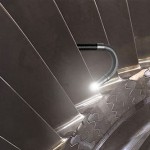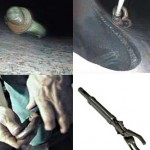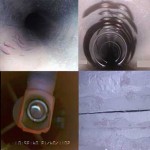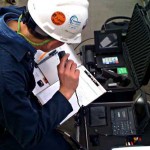Generally, High Energy Piping (HEP) is any four-inch or greater diameter piping system that operates at higher than 750 degrees F or greater than 1,025 psi absolute pressure.
HEP is typically a term used throughout the Steam Generation Power Industry, but can also be found in Petrochemical, Pulp & Paper, Food & Beverage, Steam Distribution, University Utilities, Pharmaceutical, Concrete Manufacture, and many other industries; basically any industry that utilizes a boiler or other steam generating equipment to provide steam for power generation, heating or cooling, or to provide steam to downstream processes.
Normally in the Steam Generation Power Industry, High Energy Piping refers to the components that convey main steam (MS), hot reheat (HRH) steam and cold reheat (CRH) steam. Typically, these components include a complex system of headers, attemperators (de-superheaters ), electrical or steam powered boiler feed pumps, boiler tubes, steam drum(s), ‘mud’ drum(s), auxiliary pumps, valves, MS, HRH, and CRH steam pipes etc., as well as the steam turbine itself and the passage of the steam into, through and extraction from it.
To perform high energy piping inspections, Look Technologies employs a variety of remote visual borescope inspection videoprobes, videoscopes, borescopes, push cameras, robotic crawlers, borescopes, and pan tilt and zoom cameras to identify indications of possible discontinuities within these components, to help our customers safeguard the safety and continued service life of the components.
Remote visual borescope inspection can identify surface anomalies related to various issues such as fatigue, thermal shock, load cycling, flow accelerated corrosion, cavitation, temperature excursions, FME from loose or broken parts, and heavily worn or cracked components.
We’ve performed thousands of steam cycle related inspections and would be happy to help you with yours!
Contact Us at 877-915-5665 Today to Discuss your Application

Main steam inlet piping to HP turbine inlet inspection

Ligament cracking indication found in an outlet header pipe inspection

Main steam pipe inspection

FME material found in main steam inlet pipe to an HP turbine

Attemperator inspection – separation of attachment weld

Attemperator nozzle inspection
Contact Us at 877-915-5665 Today to Discuss your Application





